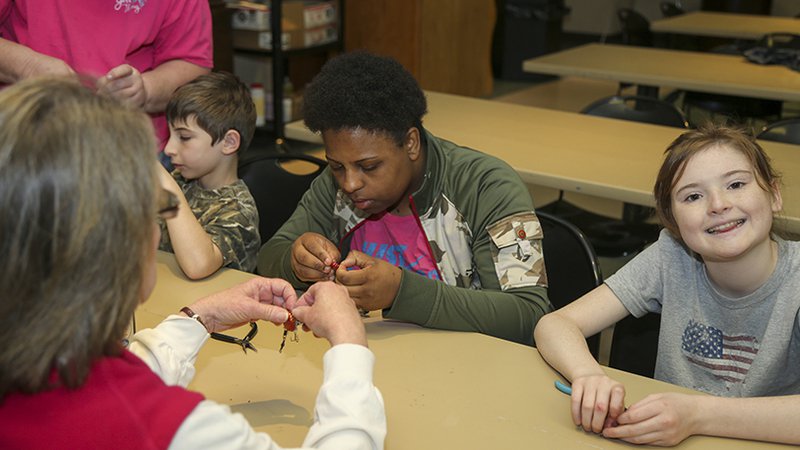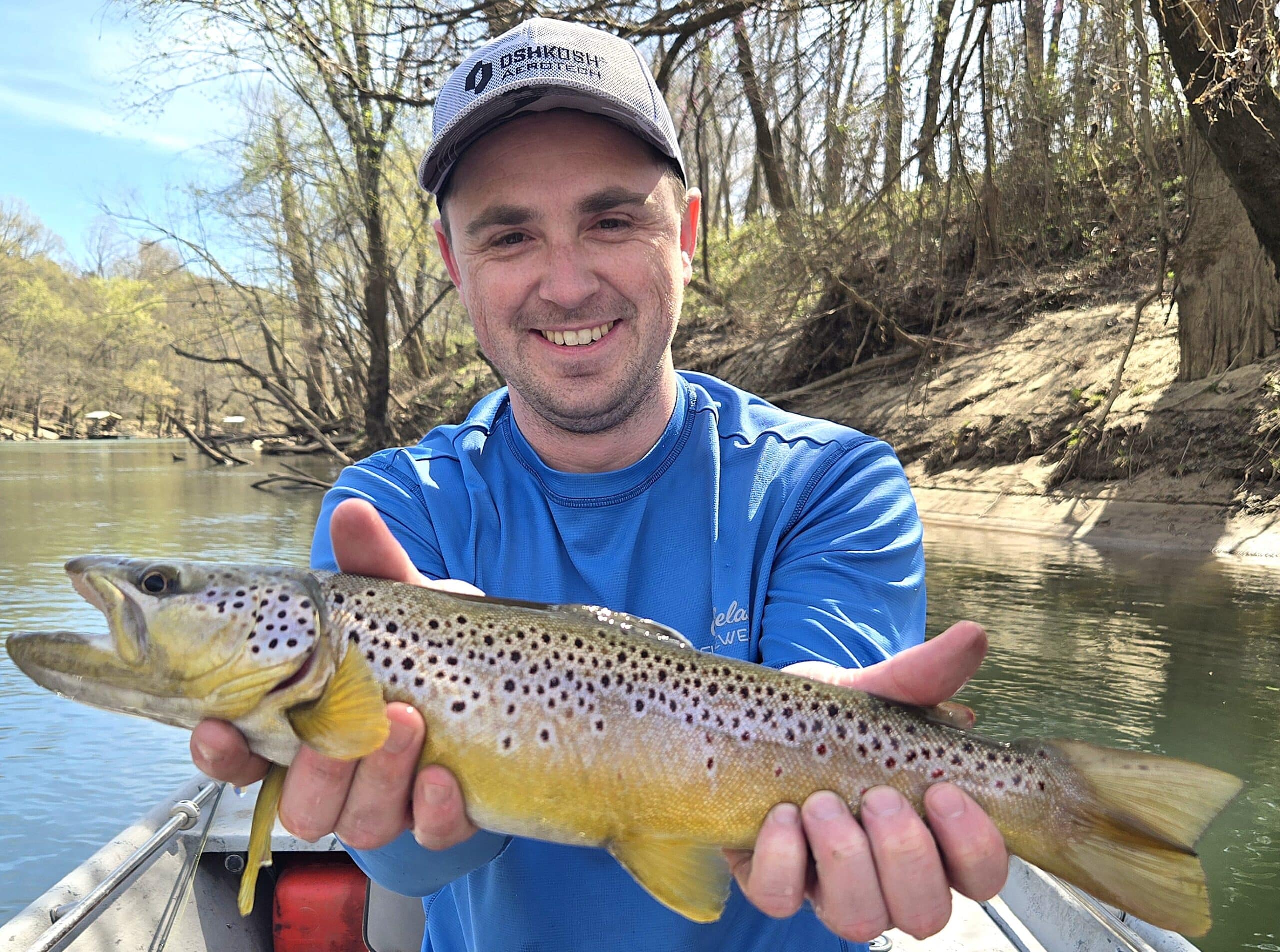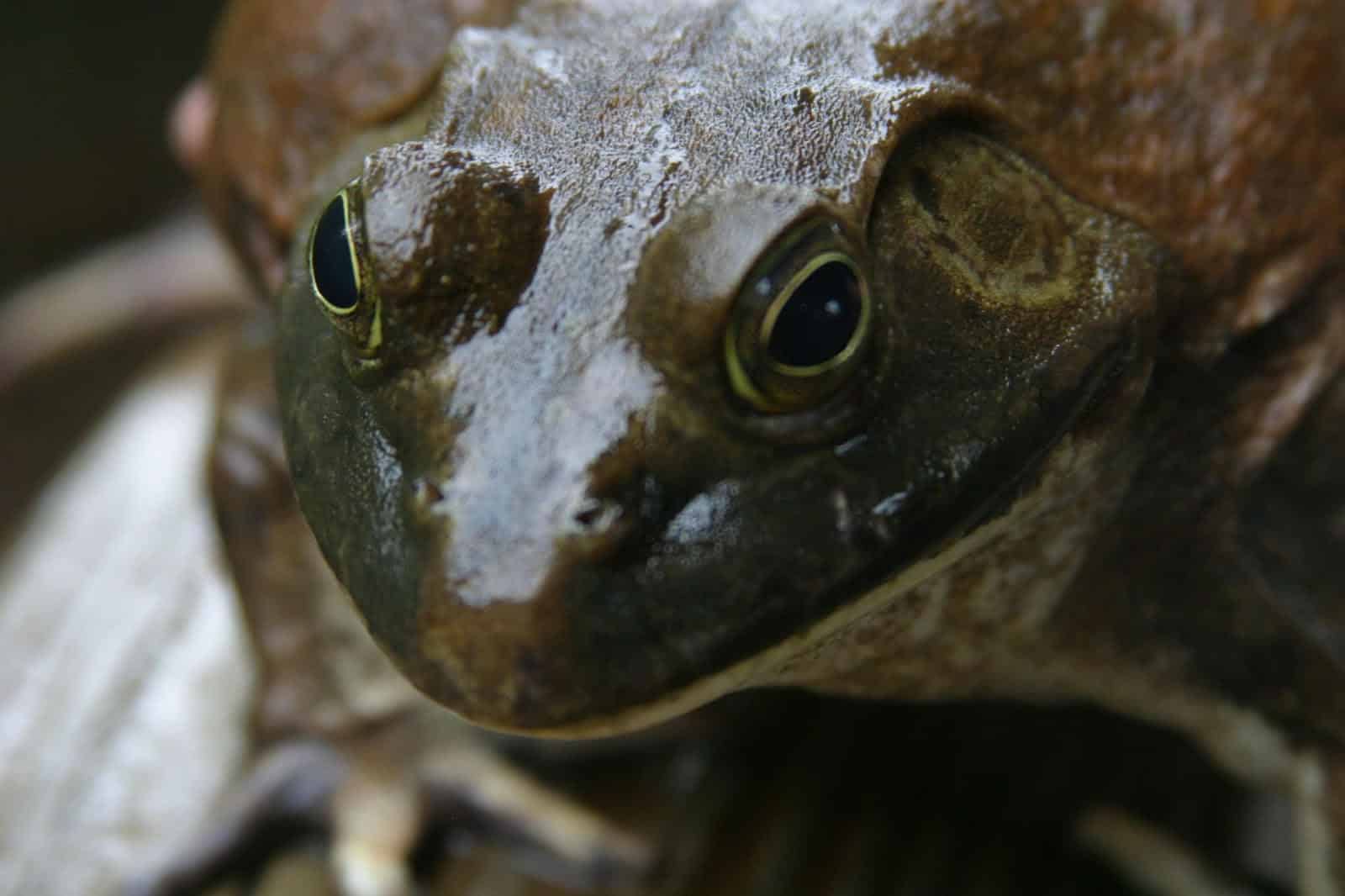Arkansas students finding interest in fishy school lessons
ON 09-11-2019

Sept. 11, 2019
Randy Zellers
Assistant Chief of Communications
LITTLE ROCK — A recent article titled “Does Fishing Have a Future?” focused on a disturbing trend among Americans that shows fewer anglers hitting the water to wet a line every year. The traditional route of a parent teaching their child to fish is faltering. Partially because of constraints on time and partially because the parents themselves may not have learned to fish during their childhood. As many conservationists have discovered, we have lost an entire generation of hunters and anglers, so building the next generation has become even more difficult. Fishing In The Natural State, a beginner’s fishing program administered by the Arkansas Game and Fish Commission, hopes to offset some of this loss in our angling ranks.
FINS is the most recent evolution of the award-winning program Hooked on Fishing, Not on Drugs some Arkansans may remember taking in high school. HOFNOD, modeled after fishing clubs formed by former AGFC Commissioner Ron Duncan of Springdale, touched the lives of many youths, and the AGFC wanted to bring its message of fun in the outdoors to many more avenues than the classroom.
“We offer FiNS to many nontraditional educational groups as well as formal brick-and-mortar schools,” said Bo Davidson, AGFC FiNS Program coordinator. “We have many home school groups, 4H clubs, and even state parks and libraries that are increasing the amount of educational programming, especially during summer.”
At its core, FINS has lessons that teach language arts, physical education, geography, math and science, and it does it in a way that makes it entertaining for students who may not be interested in formal teaching methods.
“We have tons of options in the curriculum,” Davidson said. “We touch on seven different educational units with more than 40 ready-to-go lesson plans in the curriculum. Lessons range from the basics of knot-tying and fish identification to more complex topics like water quality, human impacts on wildlife and anatomy
Each sponsor must complete at least five of the lessons provided in the curriculum as well as a fishing derby to keep the program in their school, and Davidson has a list of AGFC biologists from many disciplines to help teachers along the way.
The AGFC will also help prepare a body of water for the derby portion of the program. If a sponsor has at least 50 students enrolled for the derby, they can make it exclusive to the school. Smaller programs can have derbies that are shared with other schools and communities.
“Some of those smaller groups are really neat to see at their derbies,” Davidson said. “They become community affairs with high schoolers mentoring younger kids and taking a leadership role in their hometown.”
Davidson says the amount of involvement of each FINS group varies based on the educator’s time and passion to devote to the subject.
“Some schools will use the curriculum in class to teach some basic math and science topics, but others will take it to a new level, completing all the curriculum and even performing some streamside habitat projects that count toward community service,” Davidson said. “We can connect the school with our Stream Teams program at the AGFC to really make a difference in aquatic habitat near their hometown.”
Educators typically sign up to learn the curriculum during summer, and it counts toward continuing education credits they are required to complete. At the workshop, each educator receives a curriculum planner filled with lessons as well as a kit to bring back to their schools and get kids started fishing. They receive rods and reels, hooks, sinkers, bobbers, backyard casting games, seines and posters to help them with some of the lessons involved in the plan.
“Schools and educators also can apply for grants from wildlife fine money for additional equipment,” Davidson said. “I had one teacher who really wanted to create an advanced class with fly-fishing and fly-tying lessons, and she was able to secure the additional equipment through those grants. Other teachers have funded special field trips to one of our hatcheries to see how we produce millions of fish for anglers every year. The tour is free, but they needed additional money for gas and other trip expenses.”
Although this year’s workshops have been completed, educators are still encouraged to contact Davidson and apply for a FINS group if their school currently does not have one.
“If I can get enough interest and teachers willing to commit their time, I will do everything I can to schedule a separate class to get them certified and get a program going in their school,” Davidson said. “And if we can’t make that happen, I’ll make sure they’re enrolled when the next regularly scheduled workshop takes place.”
To learn more about FINS and how to get a new fishing club started in your school or area, visit www.agfc.com/fins.
Recent News

Arkansas Wildlife Weekly Fishing Report
Apr. 10, 2025
Subscribe to Our Weekly Newsletter E-mails
Don’t miss another issue. Sign up now to receive the AGFC Wildlife Weekly Newsletter in your mailbox every Wednesday afternoon (Waterfowl Reports are published weekly during waterfowl season and periodically outside the season). Fishing Reports arrive on Thursdays. Fill in the following fields and hit submit. Thanks, and welcome!

